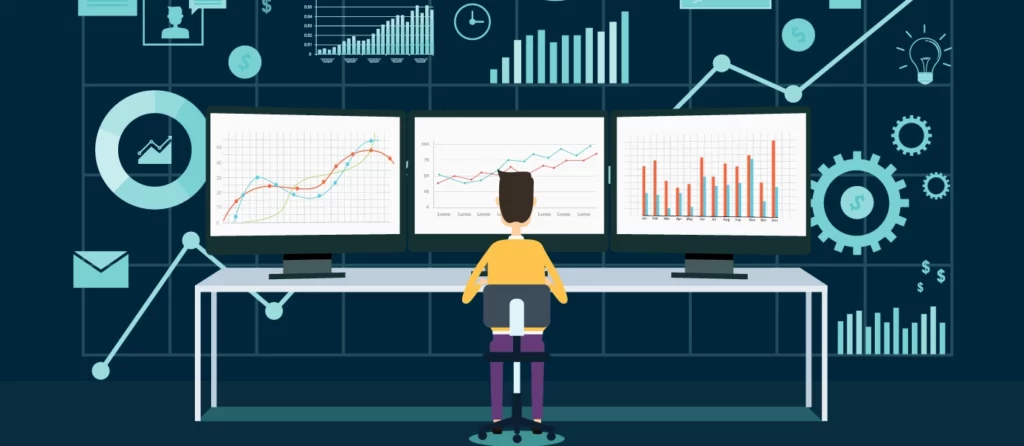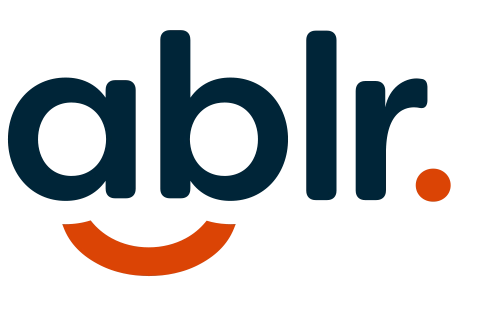Accessibility Dictionary
Understand the Terminology.
What is Accessibility? At Ablr, we understand that it may seem like we are speaking another language. We created this dictionary to demystify our terminology, making it easier for you to understand and champion the true meaning of each word.
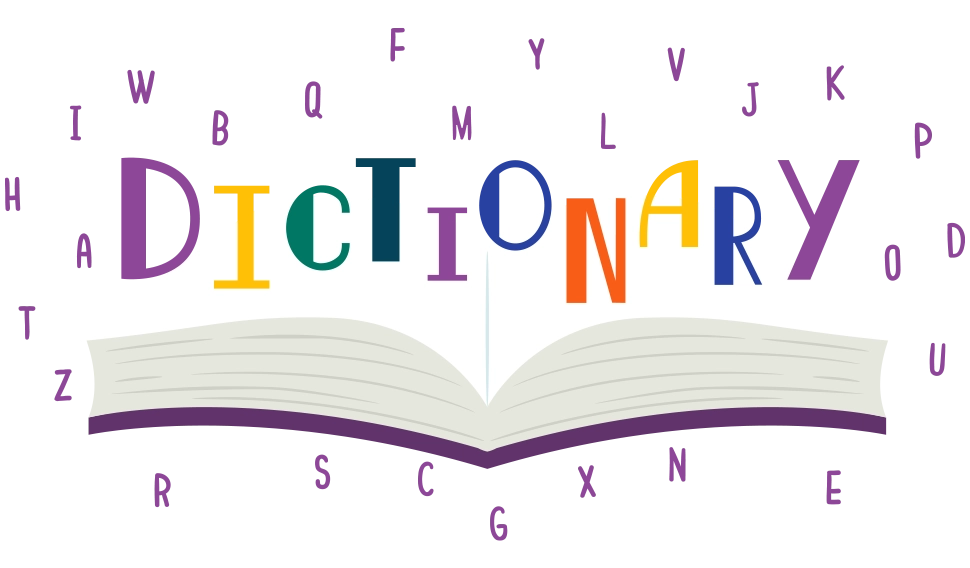
“Accessibility means thinking in a bolder, wider, more radical way about what it means to interact with a website or application on a computer or mobile device. It’s remembering that, in the great human experience of navigating our expanding digital world, each one of us sees, hears, and experiences differently.”
Sean Bradley, Fast Company magazine
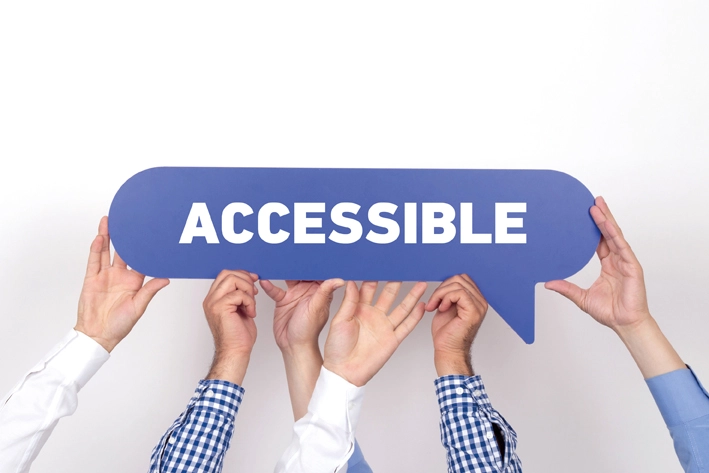
Accessibility
Accessibility refers to the measure of a web page’s usability by persons with one or more disabilities. The person with a disability must be able to obtain the information as fully, equally, and independently as a person without a disability.
Accessibility means that people can do what they need to do with a similar amount of time and effort as someone who does not have a disability. It means that people are empowered, can be independent, and will not be frustrated by something that is poorly designed or implemented.
Digital Accessibility
Digital accessibility ensures that people of all abilities can navigate, understand, and fully participate with digital experiences such as websites, mobile applications, video, and online content. Digitally accessible content is designed for:
- People who are blind or low vision
- Those who are deaf or hard of hearing
- People with cognitive disabilities including attention deficit disorder, dyslexia, autism and more
- People with physical or mobility disabilities
- The aging population
- People with temporary disabilities brought on by injury or sub-optimal conditions
Accessibility Auditing
Accessibility auditing is a review of your institution’s existing software, electronic platforms, and media (digital and otherwise) to ensure that the materials being tested are usable by people with disabilities. Through a combination of automated testing tools and manual (human) testing, we will confirm whether a site meets accessibility standards. Ablr ensures that websites and apps are ADA, 508, and WCAG 2.1 Level AA compliant.
Accessibility Conformance Report
Organizations publish an accessibility statement on their websites to describe their policy, goals, and accomplishments related to web accessibility. The statement signals their compliance with anti-discrimination laws that they may be compelled to follow. These could include the Americans with Disabilities Act and Section 508 of the Rehabilitation Act, requiring federal agencies to provide equal access to their electronic information.
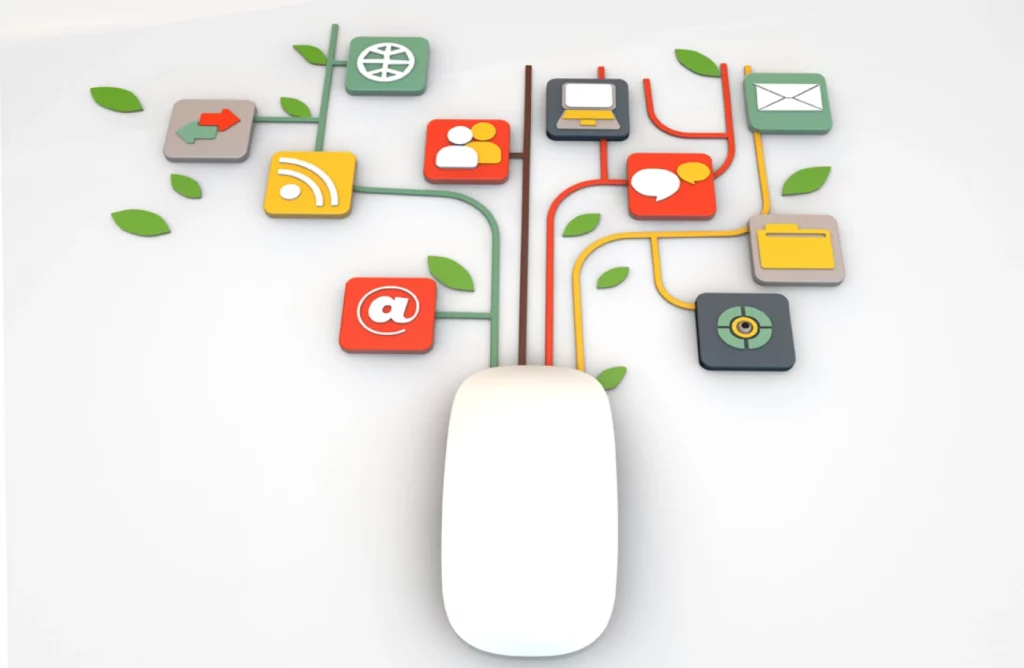
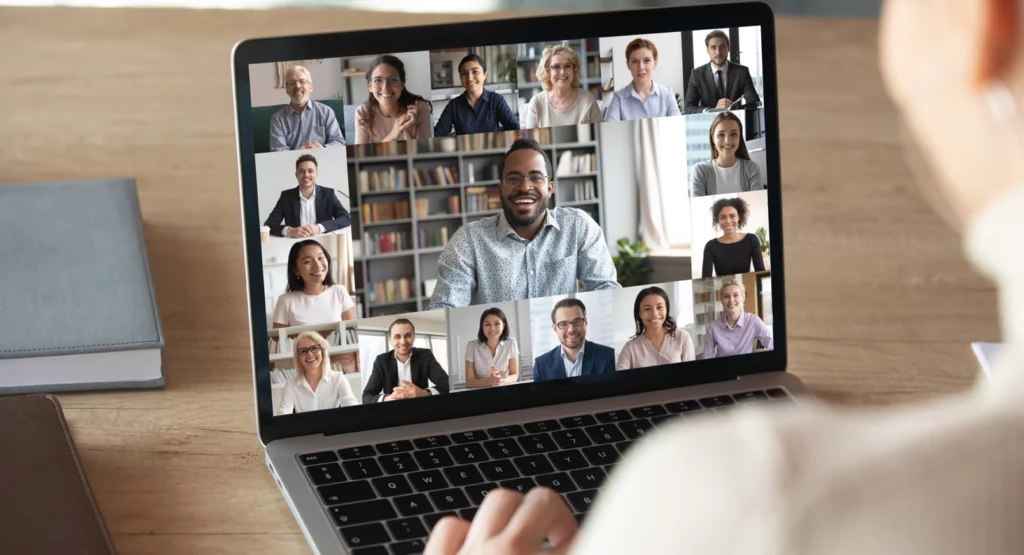
Accessibility Training
There needs to be continuous learning to improve the design of apps, reduce development costs for websites, and create a more inclusive working environment. Ablr reduces the compliance risk for organizations and instills confidence in teams, by training on the importance of web accessibility, the requirements for accessible web design, and where to find additional resources on web accessibility.
Accessibility Monitoring
As content is updated and webpages are added, there is a high chance that unexpected accessibility issues will arise. With regular website checks and evaluations, Ablr helps organizations salvage all the hard work that has been put into remediating sites, by utilizing an automated web crawling solution to provide ongoing reporting, to ensure compliance.
ADA (Americans with Disabilities Act)
The Americans with Disabilities Act of 1990 opened up all aspects of American life to individuals with disabilities – including employment. Because of this Act, U.S. labor law that prohibits unjustified discrimination based on disability. ADA’s rules are relevant to every type of business: brick-and-mortar or exclusively online, staffed with 15 employees or 1,500 employees. Businesses of all types must make it possible for customers with disabilities to access their services and this includes websites, internet and online stores.
Automated Testing
Accessibility testing can be done with software programs or apps that automatically review the code used to build web pages (among other templates) to look for certain types of accessibility errors. But this is not where Ablr stops. We know automated tool outputs should also be manually checked by our very human analysts. It is estimated that automated scans will find about 20 to 30% of the violations along with plenty of false positives and false negatives.
Disability
Disability used to be thought of as something wrong with the human, something broken or ‘impaired’. The World Health Organization redefined disability in 2011 as a mismatch between the person and the environment they are in.
Disability can be permanent or situational-such as:
- Holding a baby in your arms
- Having a broken arm
- Broken or lost eyeglasses
Also consider that many baby boomers have aging-related issues that make using the web more challenging.
Disability Types
Though estimates vary, most studies find that at least one billion people, 15% of the world’s population, have a recognized disability. The major categories of disability types are:
- Visual – Blindness, low vision, color-blindness
- Hearing – Deafness and hard-of-hearing
- Motor – Inability to use a mouse, slowed movement, limited fine or gross motor control
- Cognitive – Learning disabilities, distractibility, inability to remember or focus on large amounts of information
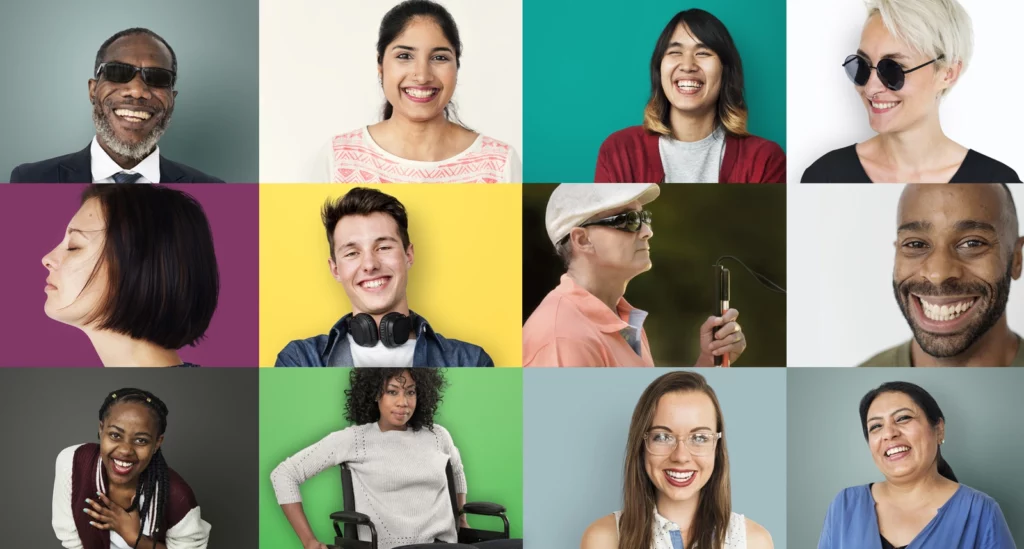
Disability Inclusion
Inclusion of people with disabilities into everyday activities involves practices and policies designed to identify and remove physical, communication, and/or social barriers. These barriers can hamper individuals’ ability to have full participation in society, the same as people without disabilities.
Digital Equality
Digital Equality means everyone has access to the internet and software tools regardless of who they are. All individuals have equal opportunity for connecting independently to the social and economic benefits that electronic media offers.
Website Usability
Website usability is a term that describes the ease of use of any website or project technology, but particularly that of new media such as the Internet. Good sites must have a user-friendly design and be accessible to the people using it. Ablr will help you achieve both.
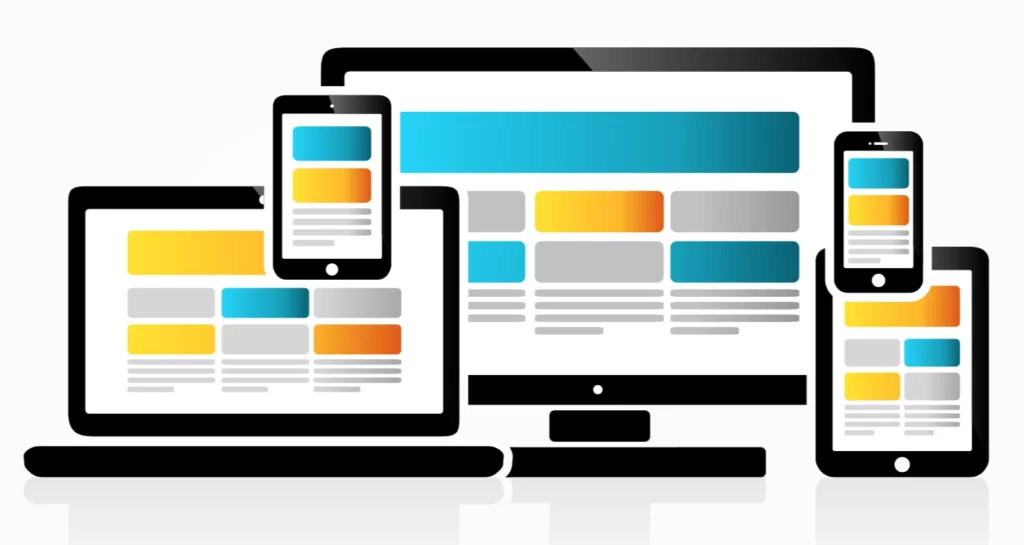
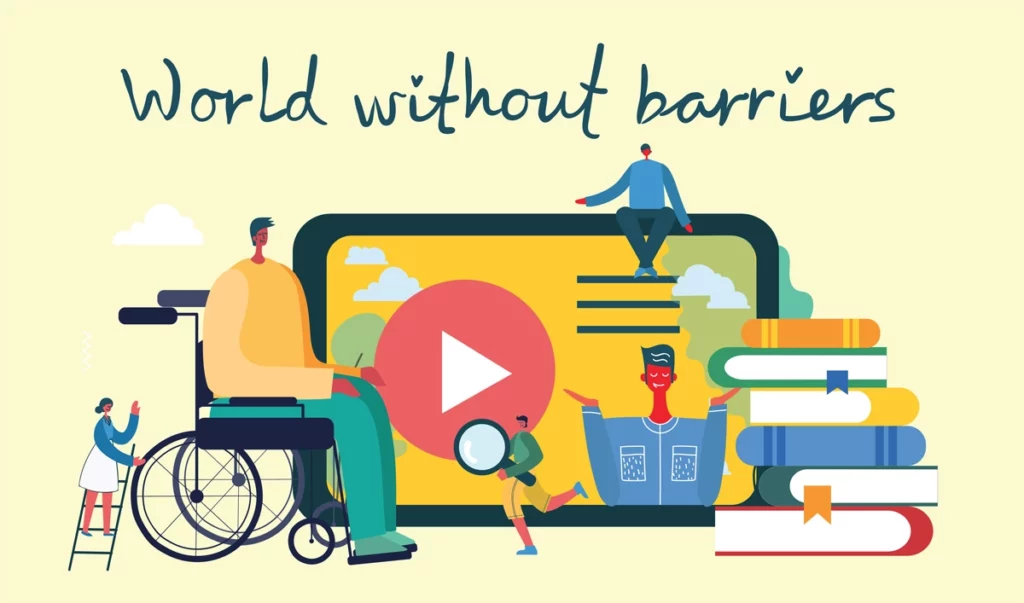
Usability Testing
It is possible to have a website or mobile application that is technically accessible, but completely unusable by people with disabilities. Ablr provides access to hundreds of people who are low-vision or blind to provide user feedback and usability testing (also known as “manual testing”). Real user input from people who have disabilities is a critical component.
Alt Text (Alternative Text)
Alt text describes the information or the function represented by the image. Benefits of alt text include:
- People who use screen readers can will be able to read your alt text to better understand your image.
- Alternative text is displayed if the image can’t be loaded.
- Alt text helps search engine crawlers index an image properly, and what’s good for SEO is good for Accessibility.
